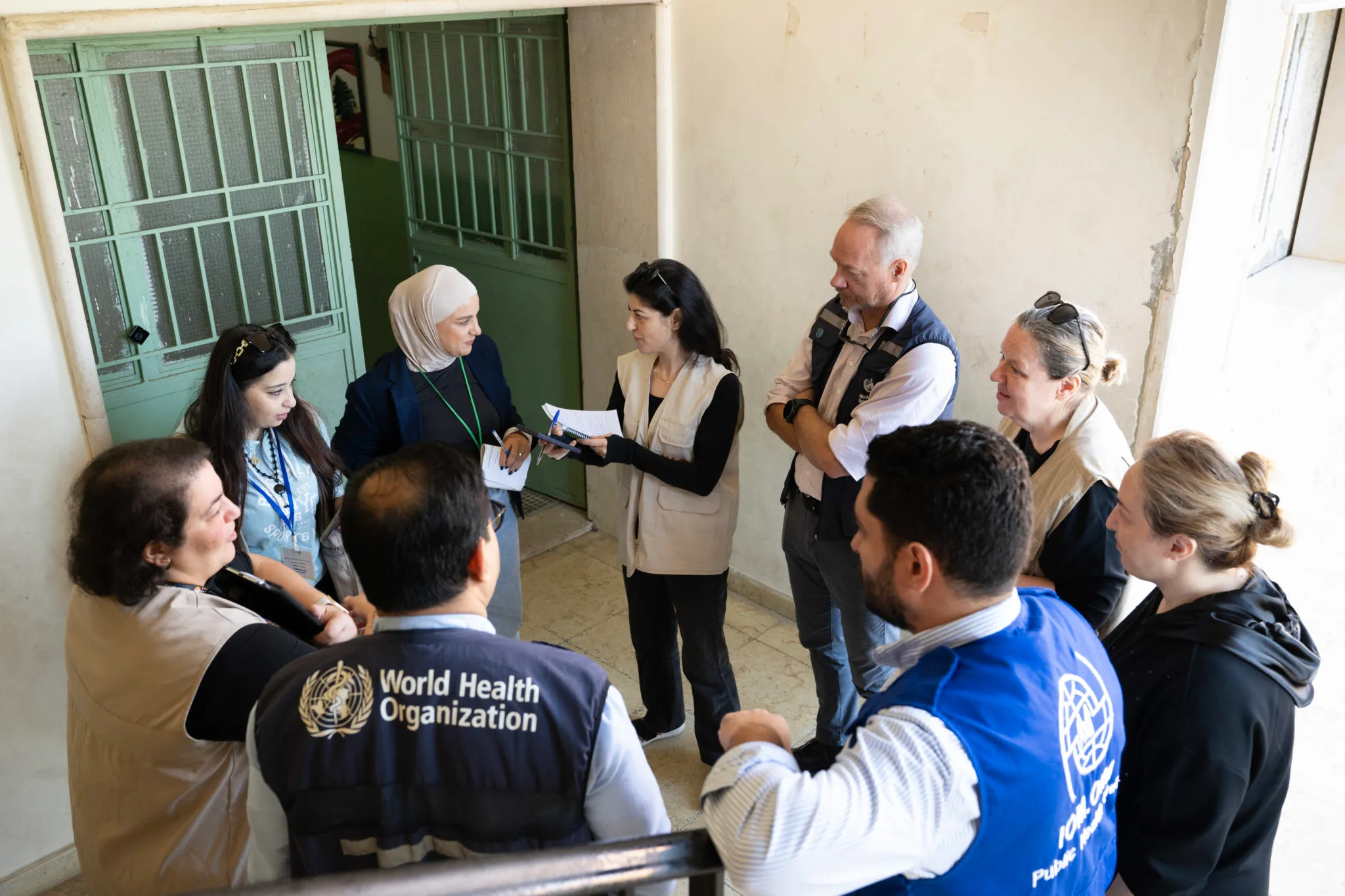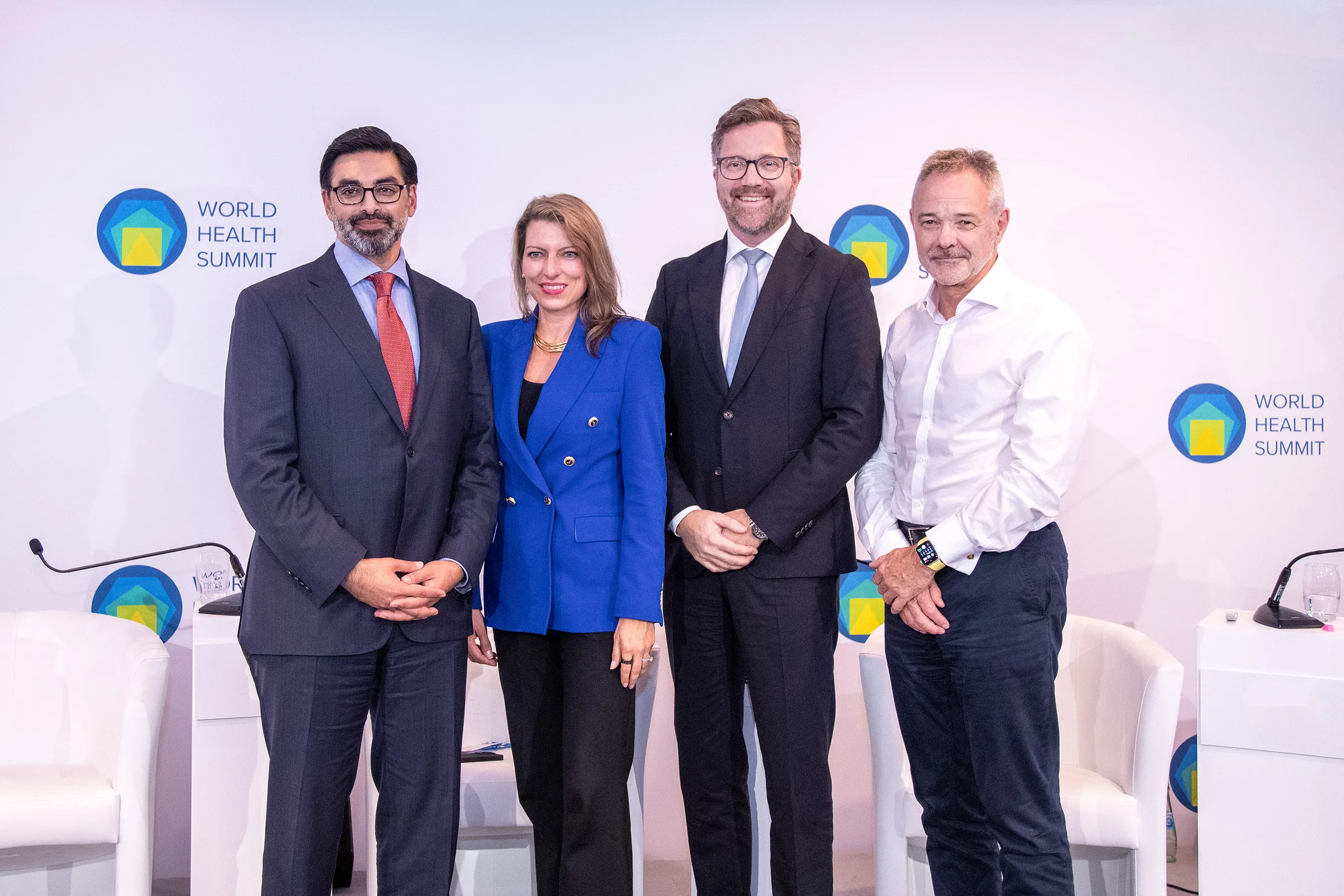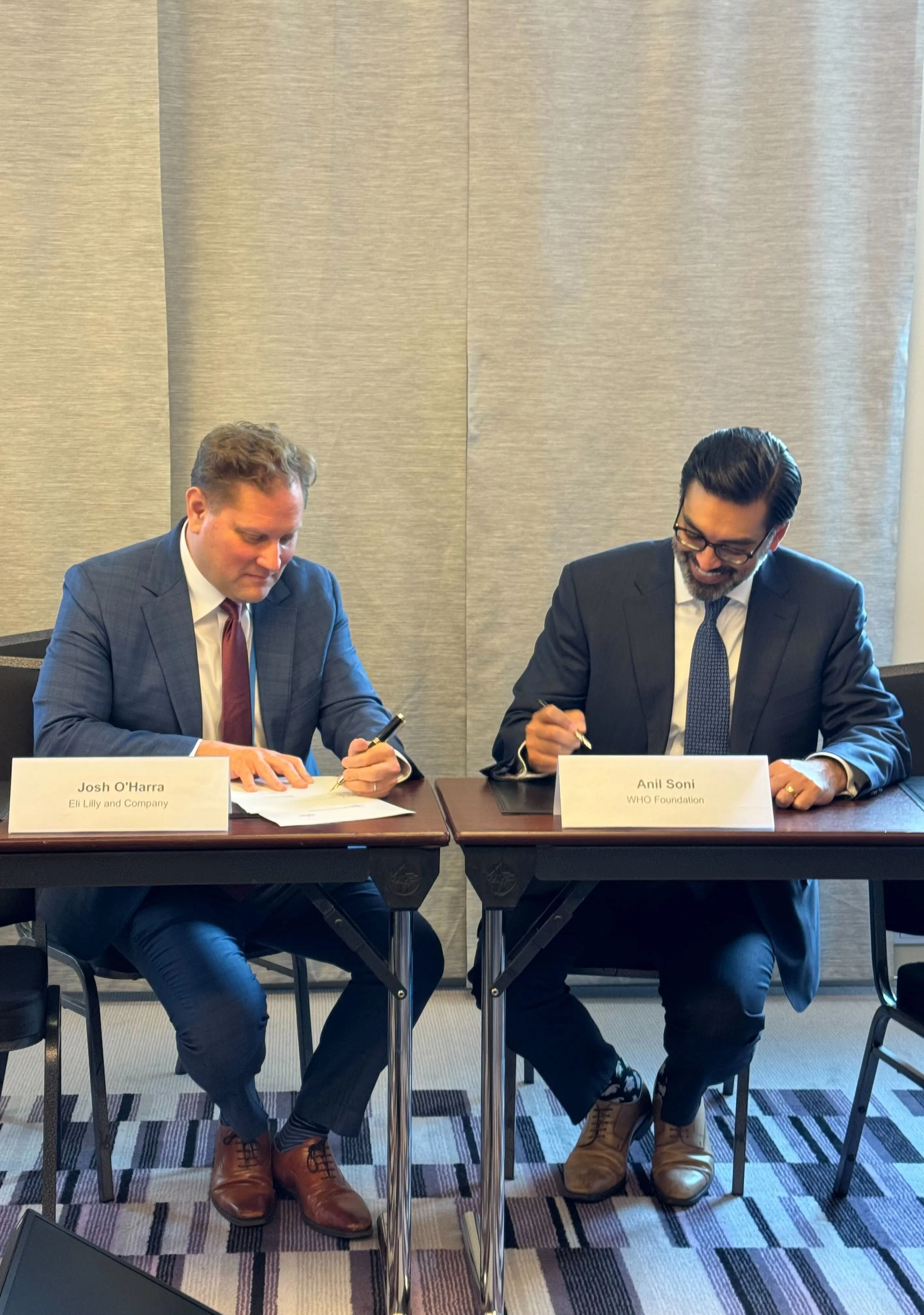Global Health at a Crossroads
At this year’s UN General Assembly, health is on the global agenda. The world faces many crises. Noncommunicable diseases like cancer and diabetes are on the rise. Measles is resurging. Climate change strains health systems already under pressure. No country solves these problems alone, but countries experiencing the greatest health burden feel more on their own this year than in decades given the dramatic reduction in foreign aid.
The World Health Organization (WHO) sets global health standards, provides countries with data and guidance, and coordinates emergency response. WHO helps to scale what works in health, enabling the latest evidence and technologies to be translated to practice and uptake. Its power comes from its Member States – the governments of the world who both set WHO’s agenda and depend on its work.
WHO helps national health programs and other international organizations be more impactful. Every dollar that goes into WHO enables a multifold return. Yet WHO is under-funded. The WHO Foundation was founded 5 years ago to help close the funding gap and recruit more partners to work with WHO. That work is needed now more than ever, as WHO itself adapts to the funding cuts. It has done its part by reducing its budget and workforce.
Our job is to connect philanthropies, companies, and individuals with WHO’s science and solutions. We make sure their support protects lives and strengthens systems.
Why Collaborating Remains the Only Way Forward
Public budgets are under strain. Health workers and civil society implementers cannot reach scale on their own. Companies and investors want to contribute to health outcomes but need to ensure results for their stakeholders. Philanthropies cannot replace the role of government donors but are still willing to take bold risks and accelerate new solutions.
When these actors act alone, progress is fragmented. Pilot projects stop before they scale. Innovations fail to spread. Neither the public or private sector alone can achieve WHO’s goal of Health for All. But when we work together, the public sector can deliver the innovations that the private sector develops. And we can achieve frameworks to work together more effectively, like the Pandemic Agreement that WHO shepherded to a historic milestone earlier this year.
The stakes are as high as ever. In 2023 and 2024, measles cases rose by more than 30 percent worldwide. One billion people live with a mental health condition; most in low-income countries receive no treatment. Two billion people lack access to essential medicines. These are not failures of science. They are failures of systems and funding.
The WHO Foundation aims to help to change this by linking WHO’s scaled science with resources from the private and philanthropic sectors.
Partnerships as the Path Forward
Partnerships turn isolated action into lasting change. The WHO Foundation works to convene, to catalyze, and to connect:
- Philanthropy as a catalyst: The ELMA Foundation makes a $2 million matching grant to the Global Measles and Rubella Laboratory Network. Their gift encourages others to give, multiplying the impact.
- Private sector as an amplifier: Maybelline partners with us to fund WHO’s special initiative on mental health. Their global awareness campaign reaches millions of young people and reduces stigma.
- Corporate leadership in overlooked areas: With our support, L’Oréal partners with WHO on skin health. This shines a light on conditions often ignored in public health, including skin diseases that affect two billion people.
- Systemic change through long-term commitment: Laerdal Global Health works with us to invest $12.5 million in emergency care in 1,000 hospitals in Africa. Their approach builds lasting systems and invites others to co-invest.
- Coalitions for crisis response: We convene the Health Emergency Alliance to bring companies and foundations together to help WHO respond more quickly to emergencies, in part through new emergency preparedness hubs.
In each case, the WHO Foundation is an active partner. We facilitate the match. We build the coalition. We align the purpose of private stakeholders with our shared public health.
From UNGA to Action
This UNGA, the message is urgent but hopeful. The challenges are great, but the solutions exist. What is missing are more partnerships that connect intent with impact.
At the WHO Foundation, we build partnerships the world needs. We help philanthropies make bold bets. We help companies align business with public purpose. We help investors unlock catalytic capital. We invite individuals everywhere to share the health by supporting WHO’s mission.
My goal in New York is to listen to better understand how to make these connections and to walk away from the week with new possibilities for collaboration and renewed hope and commitment for what we can do together.
Together we secure healthier futures for all.

.webp)

